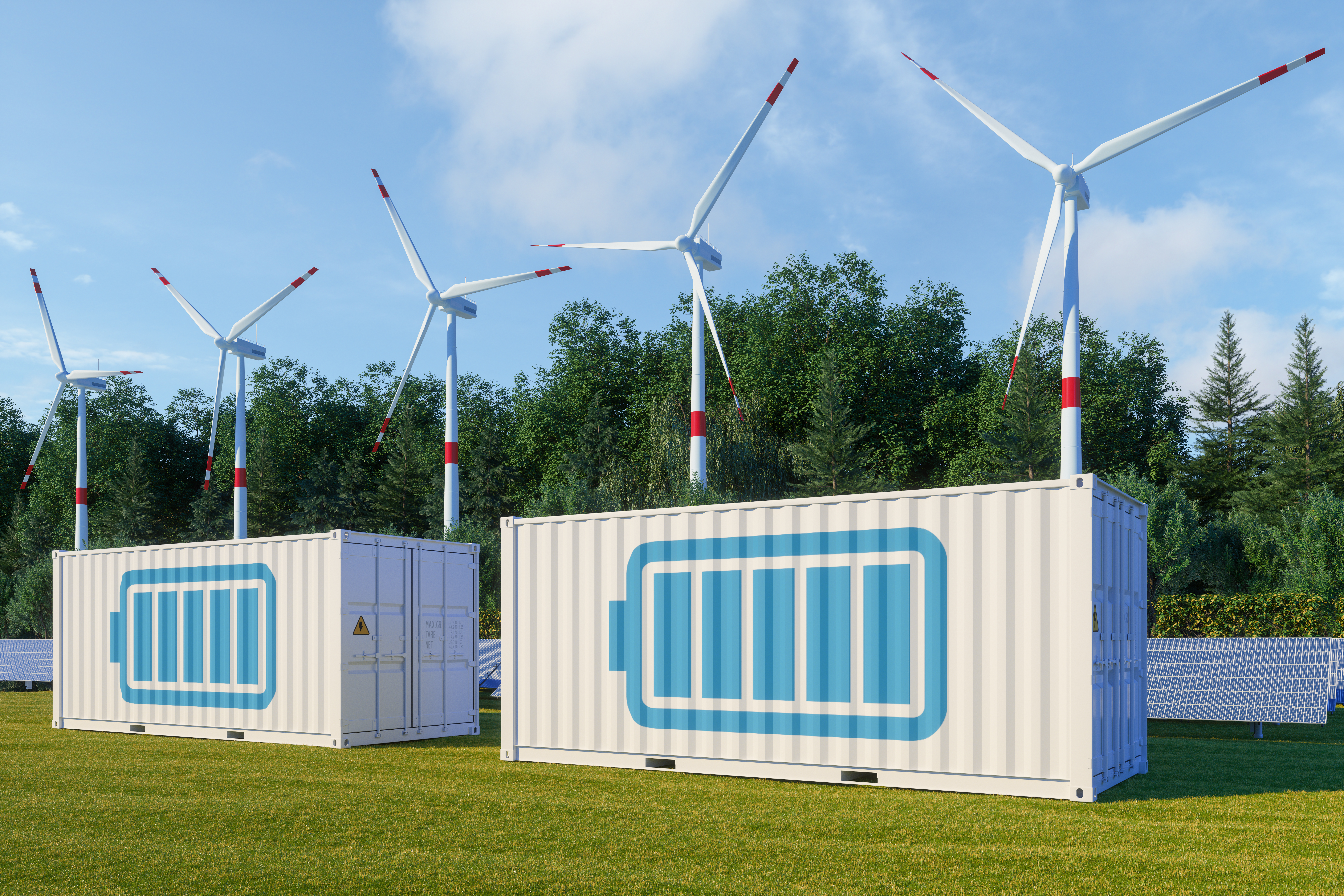Building resilience through smarter energy storage
Published on: November 25, 2025
Europe’s industrial sector is undergoing a rapid shift towards electrification as manufacturers in steel, chemicals, cement and other energy-intensive fields move away from fossil fuels. This transformation depends on a stable and predictable supply of power, yet rising demand and pressure on transmission networks create new vulnerabilities. Energy storage has emerged as a central solution, providing flexibility, stability and greater control over energy use as industries navigate the demands of the green transition.
Storage is no longer viewed as a supporting feature of modern energy systems. It is becoming a strategic capability that determines how effectively industries can secure reliable electricity, manage operational risks and maintain competitiveness in an evolving energy landscape.
Energy storage as a foundation for industrial resilience
The growing uptake of electrified processes is increasing industrial electricity demand at a pace that conventional grid infrastructure struggles to match. Connection queues are lengthening, grid congestion is intensifying and many regions face limited access to the additional capacity required for industrial growth. These constraints expose companies to risks such as unplanned stoppages, production delays and volatile energy prices.
Energy storage offers a buffer against these pressures. By absorbing excess electricity when supply is high and releasing it when demand rises or the grid is constrained, storage systems stabilise operations and reduce exposure to variability. This flexibility is particularly valuable for industries that rely on uninterrupted power to maintain productivity.
Electricity scarcity is becoming a more prominent industrial risk. Storage helps mitigate this by ensuring energy is available even when renewable output fluctuates or network capacity is insufficient. This challenge is reinforced by findings from the International Energy Agency, which note that electricity will form an increasingly dominant share of total energy use as industry decarbonises, intensifying the need for stable supply and flexible storage solutions.
Renewable energy storage driving a resilient industrial transition
The expansion of renewable energy is essential to Europe’s decarbonisation goals, yet the variability of wind and solar power presents challenges for energy-intensive users. Without effective storage, fluctuations in renewable generation can create instability in supply and drive up operating costs.
Energy storage enables large-scale integration of renewables by capturing energy during peak production and supplying it when generation drops. This creates a more consistent and reliable flow of electricity to industrial processes. It also helps companies avoid exposure to peak market prices and protects them from the consequences of renewable intermittency.
As electrification deepens across sectors, the ability to integrate renewable energy smoothly becomes a defining factor in long-term industrial resilience. Storage provides the stability required for this shift.
Europe’s industrial sector is expected to use 150% more electricity by 2050, driven by accelerated electrification in steel, chemicals and cement.
By 2030, half of the electricity transmission capacity needed to meet Europe’s rising demand will still be missing, increasing the risk of shortages and congestion.
More than 30% of planned renewable energy projects cannot connect due to severe grid congestion across Europe.
Energy storage technologies strengthening resilient industry
A range of energy storage technologies contribute to industrial resilience, each offering different benefits.
Energy storage for fast-response balancing
Battery systems provide rapid-response capability for short-term fluctuations. They are well suited to stabilising on-site solar or wind output and to performing peak shaving that reduces exposure to high spot prices. Batteries are increasingly deployed at industrial sites to maintain production stability during transient grid issues.
Hydrogen storage for long-duration needs
Hydrogen can be produced when renewable power is abundant, stored for long periods and later used as a fuel or converted back into electricity. This makes hydrogen a flexible, long-duration storage option that supports seasonal balancing and the needs of energy-intensive processes that require steady, high-energy inputs. The potential for hydrogen to store large quantities of energy complements shorter-duration solutions like batteries.
Pumped hydropower for large-scale stability
Pumped hydropower remains one of Europe’s most significant storage resources, delivering substantial balancing capacity where geography permits. It offers high efficiency and long-duration storage at scale, making it a key stabiliser for regional systems that integrate large shares of variable renewables.
A mix of these technologies is required to meet the diverse timescales and operational demands of industry. No single option can cover all needs.
Energy storage as a strategic investment for the electrified industrial ecosystem
Beyond individual facilities, energy storage strengthens industrial clusters and regional ecosystems. It enables companies to manage heat, electricity and by-product flows more effectively, supporting industrial symbiosis and reducing dependence on strained grid infrastructure. This shared resilience is especially valuable in areas where clean energy demand is rising faster than new capacity can be delivered.
Storage also reduces exposure to risks such as market volatility, grid bottlenecks and competition for renewable energy. It allows companies to operate more predictably and supports long-term planning by making energy supply more controllable.
The road ahead for Europe’s resilient industry
As electrification accelerates, the industries that adopt energy storage will be better positioned to maintain reliable operations, stabilise costs and build resilience in a rapidly changing energy environment. Storage strengthens flexibility, reduces risk and supports the integration of renewable energy on a large scale.
Energy storage is therefore becoming a fundamental capability for Europe’s future industrial sector. It secures reliable power, protects against uncertainty and plays a crucial role in creating a resilient industrial economy for decades to come.
